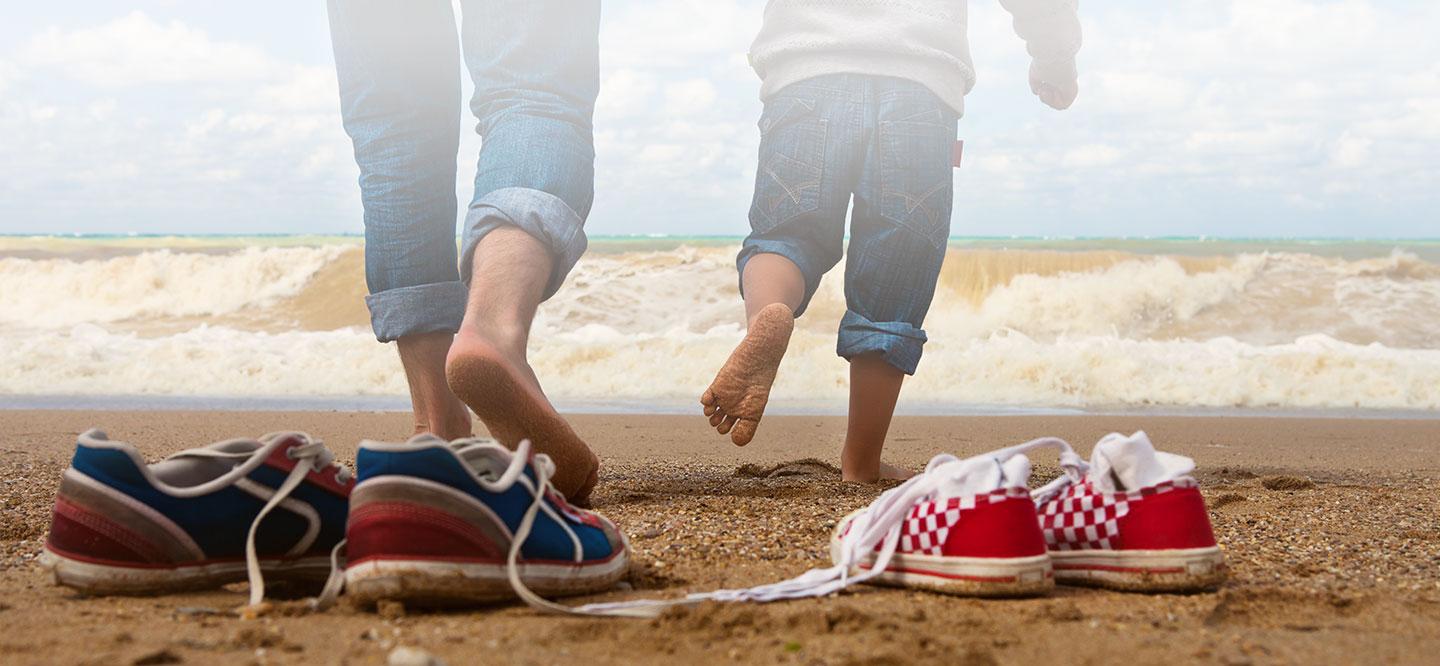Foot Mobilisation at Blandford Chiropody Surgery
What is Foot Mobilisation? It is a treatment that improves mobility of joints by encouraging them around their range of motion. The muscles are also stretched which this also helps circulation in legs and feet. Foot mobilisation has two components:
- Manipulation of foot and ankle joints, firstly to assess then increase their range of motion. This means adjacent bones are gently moved against each other to improve their configuration and encourage movement in ligaments that connect them.
- Work to assess and lengthen (and so improve function of) muscles that act on the area under treatment.
Who may benefit from it? Those with stiff or painful feet and ankles. Injuries such as sprained ankles can cause long-lasting pain and loss of flexibility. The longer a joint is kept immobile eg. following injury or surgery, the more restricted the joint may become because of collagen links that very quickly start to build up. Although this stiffening process starts promptly after an injury such as a sprained ankle, it may also develop gradually in those with eg. osteo arthritis. So while some may have noticed joint stiffness for a few weeks or months, others may have been living with it for decades. In either case, joint mobilisation can be effective and liberating.
Are there contra-indications? Those with rheumatoid arthritis should avoid this treatment. Those with hypermobile joints (i.e. overly-flexible joints) have to be treated with care to avoid rendering the joints yet more mobile, although by working on adjacent areas of the lower limb the original cause of the excess mobility may be assisted. Restriction or pain caused by osteo-arthritis may be actively helped by this form of treatment.
What happens during a Foot Mobilisation treatment? Details are first entered on a record card. Motion of joints of the feet and ankles are then compared and restricted joints worked upon to help increase their range of motion. This is gentle but effective and does not push the joints beyond motion they would routinely achieve in day to day activities. Depending on where pain has been a problem, specific foot and leg muscles are selected and their ‘trigger points’ located and a type of massage used to reduce them.
So what is a Trigger Point? A trigger point (TrP) is a ‘malfunction’ at the point in a muscle at which the nerve that causes that muscle to contract, enters the muscle. Ideally, at this specific point, the muscle fibres lie flat and parallel to each other. Often however, due to injury or overuse such muscle fibres can contract and stiffen into a little ball. This prevents the muscle working as it should which in turn triggers other adjacent structures to have to compensate – causing further problems in a chain reaction. This means a person may have many TrP’s in different muscles or different areas of the same muscle. TrP’s are thought to contribute to conditions that cause painful areas in all parts of the body including the feet. The good news is that they can be ‘smoothed out’ by a gentle but firm– and quite brief – ‘stroking’ pressure that encourages the muscle fibres to return to their original flat and parallel configuration. Pressure on TrP’s can initially feel slightly painful, though the therapist will reduce pressure to an acceptable level which nonetheless is therapeutically effective. Interraction between patient and therapist during treatment is encouraged to ensure appropriate pressure is applied.
How many treatments may I require? Each person is assessed individually in this respect. There will be no pressure to book further treatments, or any more than a person needs. For a few people a single treatment will provide effective relief from their symptoms for quite some time. In general however, most people with joint restriction or painful feet will benefit from undertaking a course of about six treatment initially, with a gap of a few days between. Patients will also be given techniques to help themselves between appointments, making treatment a co-operative endeavour. After that time periodic treatment may be all that is required to maintain a new-found level of comfort. Due to the fact that for many people it is their habitual movements and/or posture that have caused their pain or stiffness, the joint restriction and TrP’s are likely to return over time. The good news is that foot mobilisation is available to help them!
You are welcome to contact us to discuss whether this therapy may be appropriate and helpful to you.

